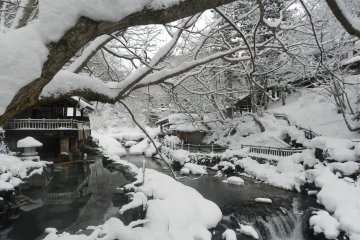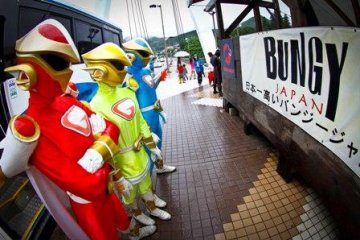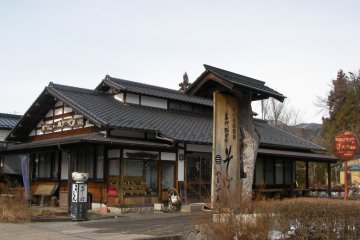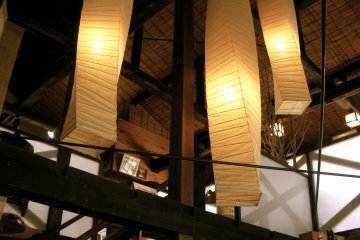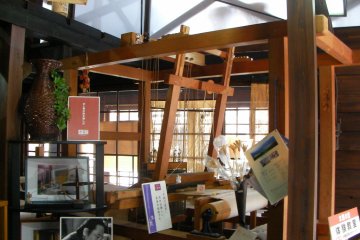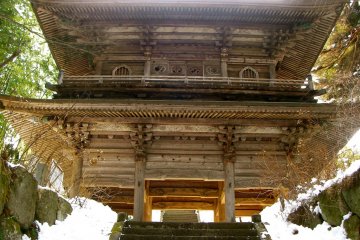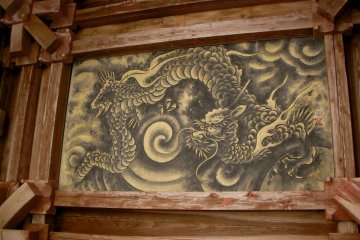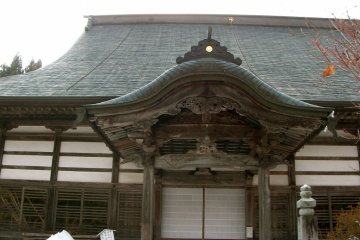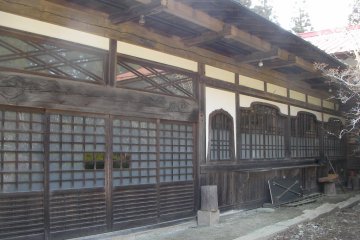At the northern end of Gunma, bordering on Niigata and the Tanigawa mountain range, is a traditional village formerly known as Niiharu. It is now part of Minakami.
The center of Niiharu has a traditional theme to it, known as Takumi no Sato, with old Japanese farmhouses and craft shops. This area is where you can try your hand at paper making, pottery and soba noodles. There is also a local market with sun dried persimmons, fresh seasonal produce and assorted other products.
From this central area you can hire bicycles to cruise around this friendly, traditional village. This village has a 600 yr old history, and it was a silk growing area.
The main street of Takumi has a classic collection of kura, (traditional storehouses), large old farmhouses, some cafes, and craft shops.
At the end of this street, turn left and 100 meters on your right is a grove of cedars with a 300 yr old temple. It is a serene and shady respite.
Further along you will see the pottery studio where you can try your hand at creating something fun. A good soba restaurant is opposite.
Twist your way past the soba restaurant and you will come upon a real gem of a temple. The gate is classified as a national treasure. It is known as the hydrangea temple for obvious reasons. A set of stone steps leads you up to the "gate" which is worth taking time to appreciate the exquisite Japanese joinery and simple precision of the structure.
The temple itself used to be home to 200 monks, though now it is home to just one family. It has a magnificent curved roof, a varied garden and history of 250 yrs. Inside is a room where a famous Chinese artist painted a scene of what she thought the valley was like hundreds of years ago.
Next to the temple is a museum displaying wooden Buddhist statues. The museum was built from recycled post and beams taken from old houses in the area.
The best time, in my opinion, to see this quaint village is late April and early May when the tradition is complimented by the colors of spring.




